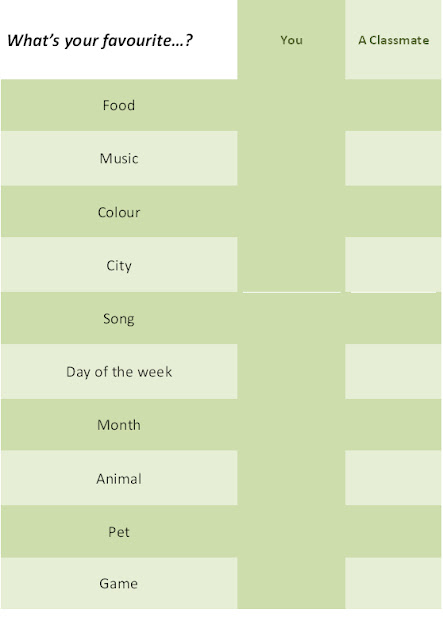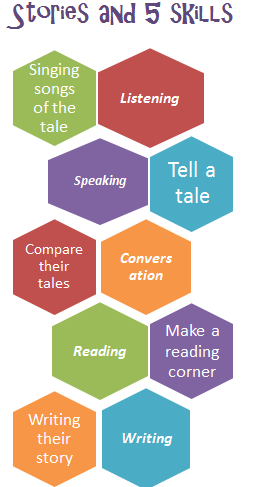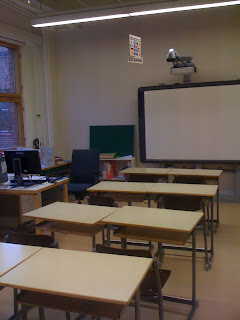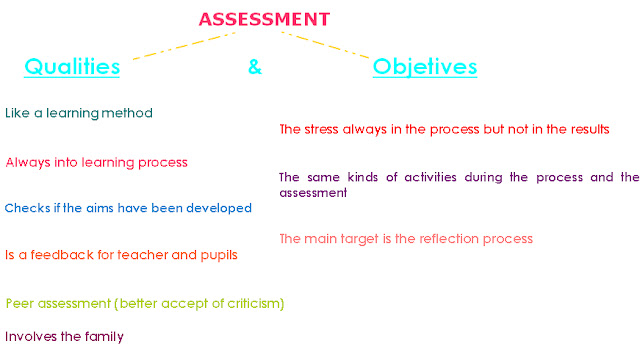Do all the students learn in the same way? Do the teachers provide the same opportunities of developments to all of them? Is assessment always fair?
According
to Gardner's theory, there are different intelligences. Regarding to
that, the intelligence is
a combination of skills that allows to solve problems.
Each
person has a different capacity in each area of intelligence and it's
can be influenced by biological development and by the environment.
So, he says that each pupil has some interests and facilities to
resolve the problems in a way. In order to assess in a fair way, the
teacher would have to take into account all the intelligences and he
or she would have to provide the children opportunities to show what
they have learnt in different forms, attending to the multiple
intelligences, and not only through the traditional written exam (the
same for all the class as we see in the picture). This could be more
time consuming for the teacher than traditional approaches methods,
because teacher would have to prepare variety and dynamic activities
and tests (using TIC resources, role-plays, debates, portfolios,
diaries, moving activities, … ).
This
is an explanation about in what consists each intelligence:
The
following information is a video in which we can watch how Gardner explains their theory. The video also gives examples of known people that have
developed some intelligences a lot.
These
are some examples of activities to take into account all the
intelligences in our lessons:
LINGUISTIC
INTELLIGENCE
Readings
(stories, simplified books, comics,...), debates, role-playings,
words games (like Scrabble), writing comments about the readings, ...
LOGICAL-
MATHEMATICAL INTELLIGENCE
Classifying
words by categories, problem solving activities, ordering words
or pictures in a logic structure, inventing titles for a reading or
listening text, making
hypotheses about how could end a story, ...
VISUAL-SPATIAL
INTELLIGENCE
Explanations
by power point with pictures and mind maps, videos and films, recording
activities, imaginations games, constructions projects, activities
with maps, …
KINESTHETIC
INTELLIGENCE-BODY
Role-plays,
Total Physical Response activities, objects
constructions, moving activities...
MUSICAL
INTELLIGENCE
Listening,
rhythm or stress activities, songs (for
example, a rap to remember specific vocabulary), poems
to work intonation, rimes to remember grammatical rules,
...
NATURALISTIC
INTELLIGENCE
Organizing
an environmental
discuss, classifying the animals depending on their characteristics,
inventing
and describing their ideal pet, describing naturalistic scenes, ...
INTERPERSONAL
INTELLIGENCE
Playing
games in teams (for example a taboo words activity), doing
role-plays, jigsaw tasks about readings or listening,
...
INTRAPERSONAL
INTELLIGENCE
Through
self-assesment,
diaries, learning portfolios, writing
a comparison between he or she and the protagonist of a story and
saying what would he or she do in their role, ...
We have tried to present this information attending to Multiple Intelligences Theory.
We hope that you like it!
We hope that you like it!


















